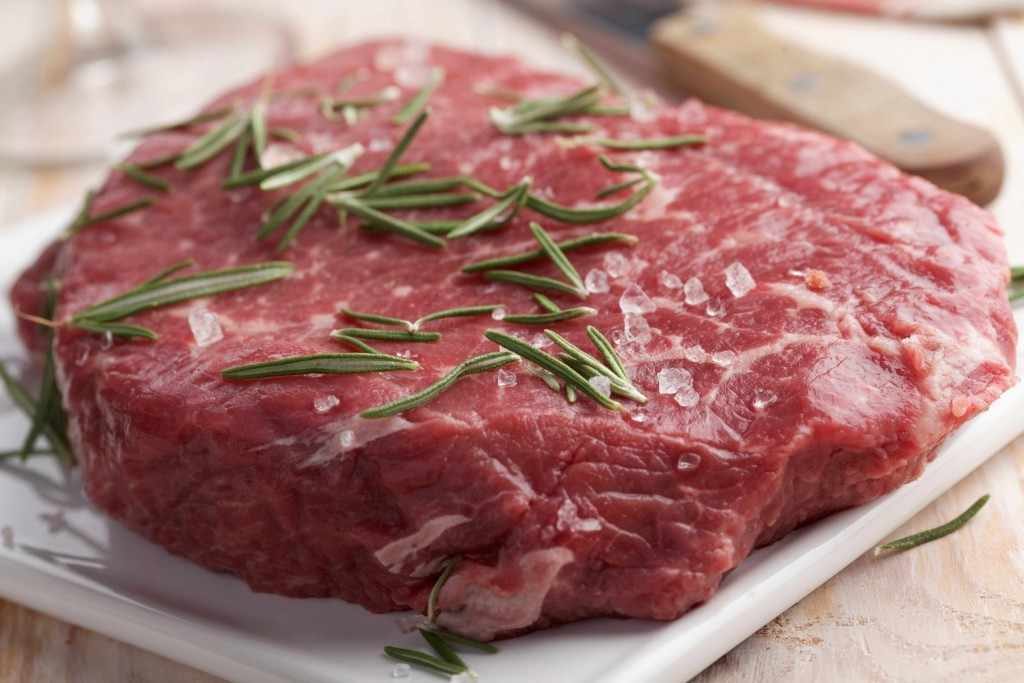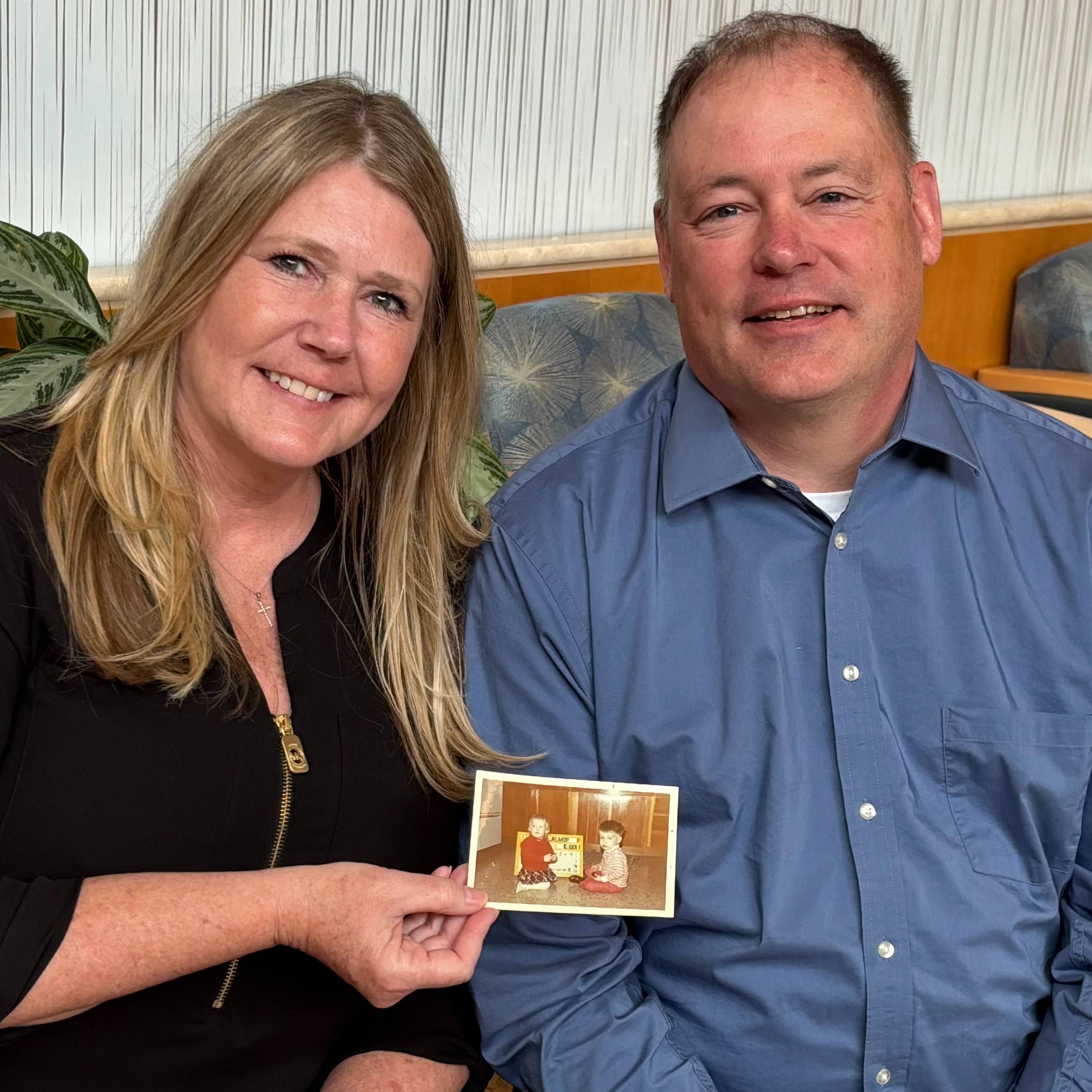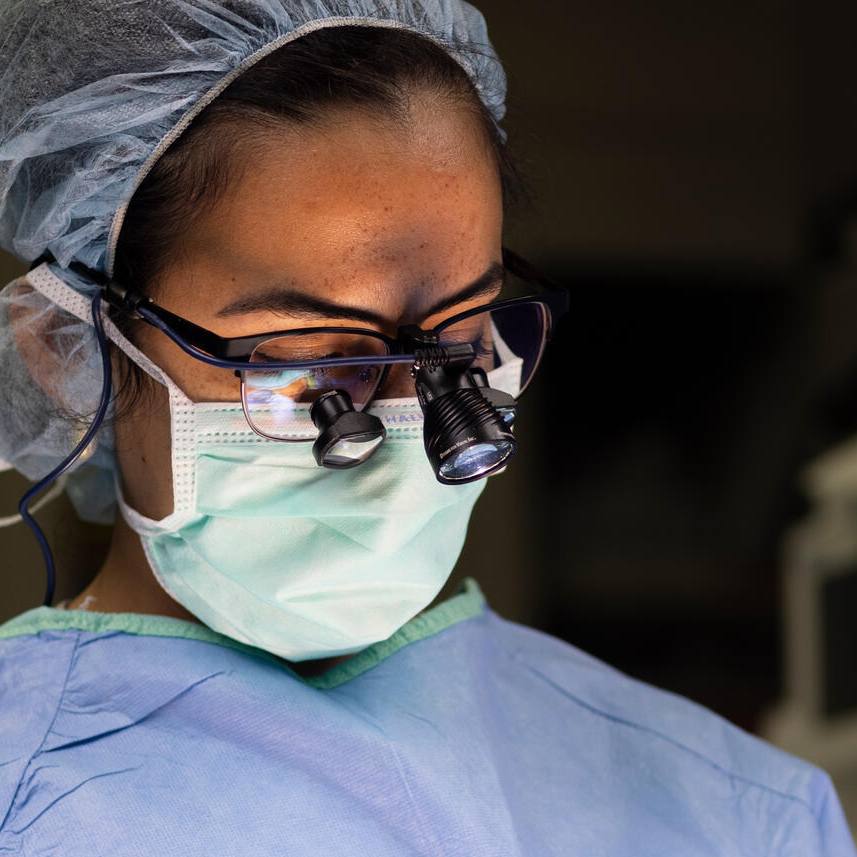-
Pay Attention to New Labels on Beef
 In a move to keep consumers safe from foodborne illness, the U. S. Department of Agriculture (USDA) now requires new labels for beef products that have been mechanically tenderized. The labels alert consumers about the tenderization method, and they provide information on safe cooking practices.
In a move to keep consumers safe from foodborne illness, the U. S. Department of Agriculture (USDA) now requires new labels for beef products that have been mechanically tenderized. The labels alert consumers about the tenderization method, and they provide information on safe cooking practices.
In mechanical tenderization, also called blade tenderizing, meat is pierced with needles or blades to break up tissue, making it easier to chew. The issue is that bacteria, such as E. coli. live on the outside surface of meats. Mechanical tenderization can bring those pathogens from the surface of the meat to the interior, which, according to USDA experts, makes safe cooking practices important.
The USDA recommends cooking mechanically tenderized beef to a minimum internal temperature of 145 degrees Fahrenheit before removing it from the heat source.
Mayo Clinic infectious diseases expert Dr. Pritish Tosh says the labels are a good thing. He says, "Meat in the U. S. is generally very safe. But, properly cooking meat that has been mechanically tenderized will help prevent bacterial illnesses from happening. Cooking to a proper temperature kills bacteria."
Watch Dr. Tosh talk about meat and foodborne illnesses.
Journalists: Broadcast-quality sound bites are in the downloads.







